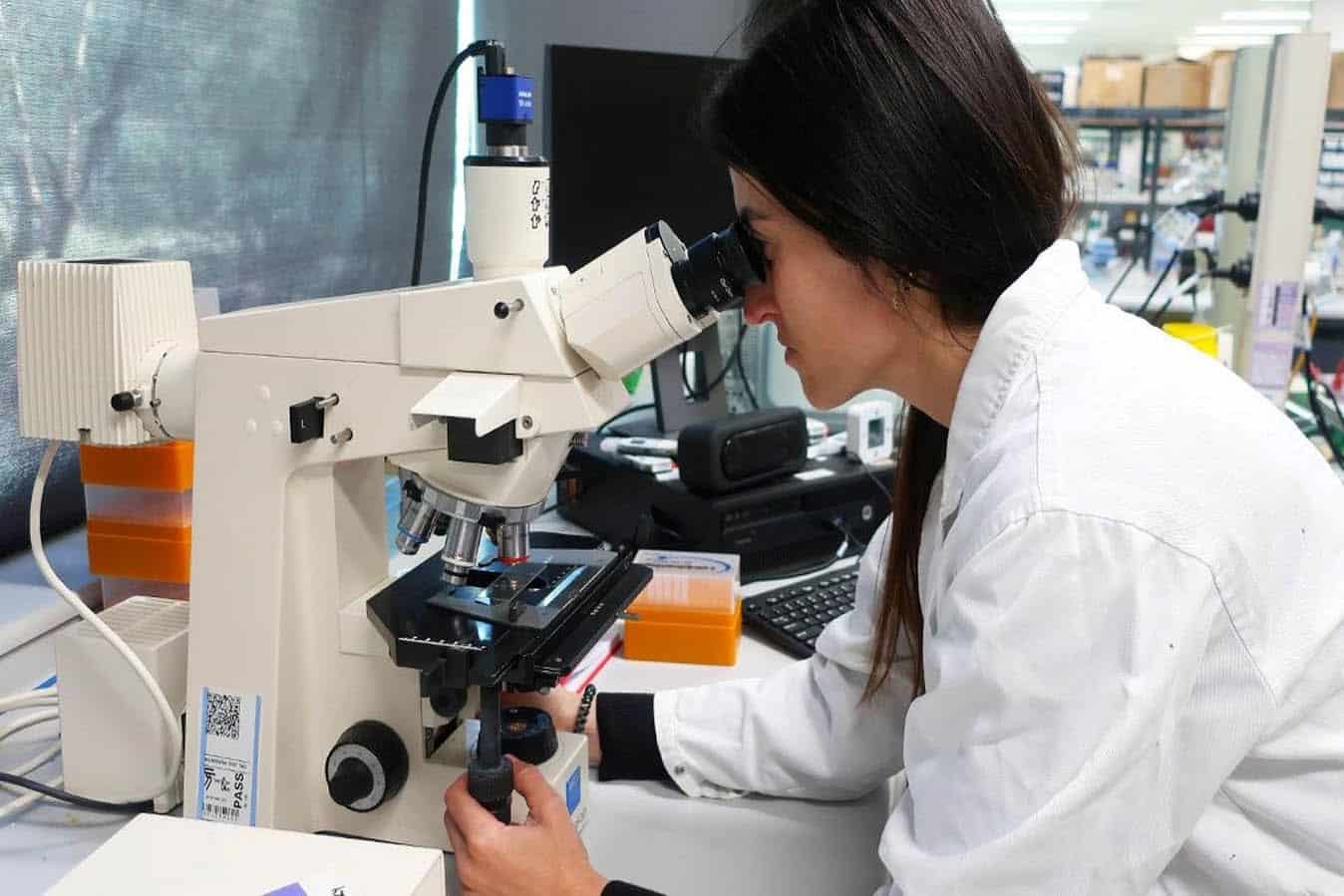A new type of antibiotic that can be rapidly re-engineered to avoid resistance by dangerous superbugs has been created by RMIT scientists.
The antibiotic, named Priscilicidin, is made of small amino acid building blocks creating an antimicrobial peptide, which can be tailored to tackle different types of antimicrobial resistance.
All living organisms produce these peptides as the first defence against bacteria and viruses.
Developed by PhD candidate Priscila Cardoso and principal supervisor Dr Céline Valéry from RMIT’s School of Health and Biosciences, the antibiotic has a simple design that allows it to be produced quickly and cost-effectively in a lab.
The team designed and tested 20 short peptides before settling on Priscilicidin as the best candidate.
“The pharmaceutical industry generally tests thousands of compounds before getting a lead candidate. In our case, only 20 designs were necessary to create an entire new family of antibiotics,” Dr Valéry said.
Professor Charlotte Conn, one of Cardoso’s PhD supervisors, said Priscilicidin is based on a natural antibiotic peptide, which made it less likely to cause antimicrobial resistance compared to existing conventional antibiotics.
“Current natural antibiotics are expensive and difficult to make on a large scale. They also break down quickly in the body,” she said
“Priscilicidin combines the advantages of small molecular design, which means it’s quick and inexpensive to synthesise in a lab, with the advantages of natural antibiotics.”
The team’s research shows Priscilicidin’s molecules naturally self-assemble into hydrogel form, making it ideal for creating antibiotic gels and creams.
Valéry said when new drugs were created, scientists needed to consider the drug’s pharmaceutical formulation.
This includes the drug’s form (capsule or cream, for example) and processes involved. Priscilicidin’s natural hydrogel form meant they can bypass some of that formulation process, Valéry said.
“The fact we can control the viscosity of Priscilicidin means we can contemplate many applications as different products, diversifying the types of treatments to stop antimicrobial resistance,” she said.
While the team are predominantly investigating Priscilicidin for topical applications, they are not ruling out oral applications.
“In theory, you could choose all means of administration for Priscilicidin, but none of them have been tested yet,” Conn said.
“We have an oral delivery technology at RMIT for protein and peptide drugs, which will allow antimicrobial peptides to be administered orally. We are currently looking at Priscilicidin as a candidate for this test.”








